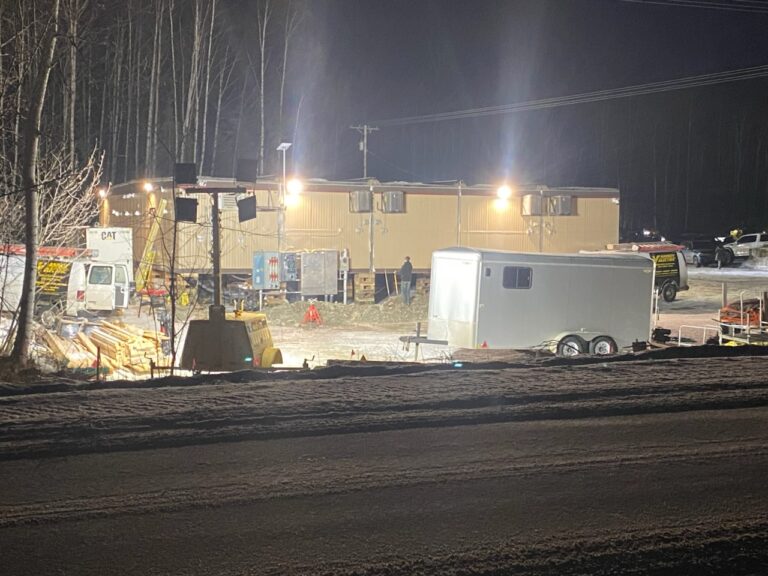It’s one month away: Starting May 7, all US air travelers aged 18 and older will be required to present a REAL ID-compliant driver’s license or another acceptable form of identification, such as a valid passport, to board domestic flights and access certain federal facilities. The small commuter flights that buzz around Alaska are not impacted by this requirement, as passengers do not go through Transportation Security Administration screening.
The upcoming enforcement marks the culmination of the REAL ID Act, enacted by Congress in 2005 to enhance national security following the Sept. 11 attacks. The rollout has been, however, delayed five times.
A REAL ID-compliant license is typically distinguished by a star in the top right corner. To obtain one, applicants must visit the Department of Motor Vehicles and provide specific documentation, including proof of identity (such as a birth certificate or passport), proof of Social Security number, and two additional proofs of residency. The ID is manufactured out of state and mailed to the recipient, and it can take a few weeks.
In Alaska, while obtaining a REAL ID is not mandatory for non-commercial drivers, those holding a commercial driver’s license are already required to be federally compliant and must upgrade to a REAL ID at the time of license expiration, if not already compliant.
Air travelers who do not possess a REAL ID-compliant license by the deadline will need to present an alternative form of acceptable identification, such as a valid U.S. passport or some military id types to pass through TSA checkpoints. Failure to provide such identification may result in being denied access to flights or federal facilities like military bases or nuclear facilities.
Alaska has updated its identification cards. Both the standard ID cards and REAL ID-compliant cards feature the new design but are distinguished by specific markings. REAL ID cards will display a star symbol in the top right corner to indicate compliance, while standard ID cards will not have the star and will include the notation “Federal limits apply.”
A photo ID issued by a federally recognized tribal nation or Indian tribe, including Enhanced Tribal Cards (ETCs), is sometimes compliant. However, to meet federal requirements, the ID must be issued by the tribal government itself.
The standards to meet REAL ID with tribal cards are not necessarily the same as standards for other Americans. Although tribes issuing REAL ID-compliant IDs are supposed implement comparable processes, including secure document verification and production methods to prevent fraud, as outlined in the 2005 REAL ID Act and subsequent DHS regulations, tribes are not bound by the same regulatory frameworks as state licensing offices, and there is little to no federal oversight of tribal IDs.
Some tribes have negotiated agreements with DHS, allowing flexibility in how they meet the standards. IDs issued by village councils or other organizations may not meet the REAL ID requirements.








